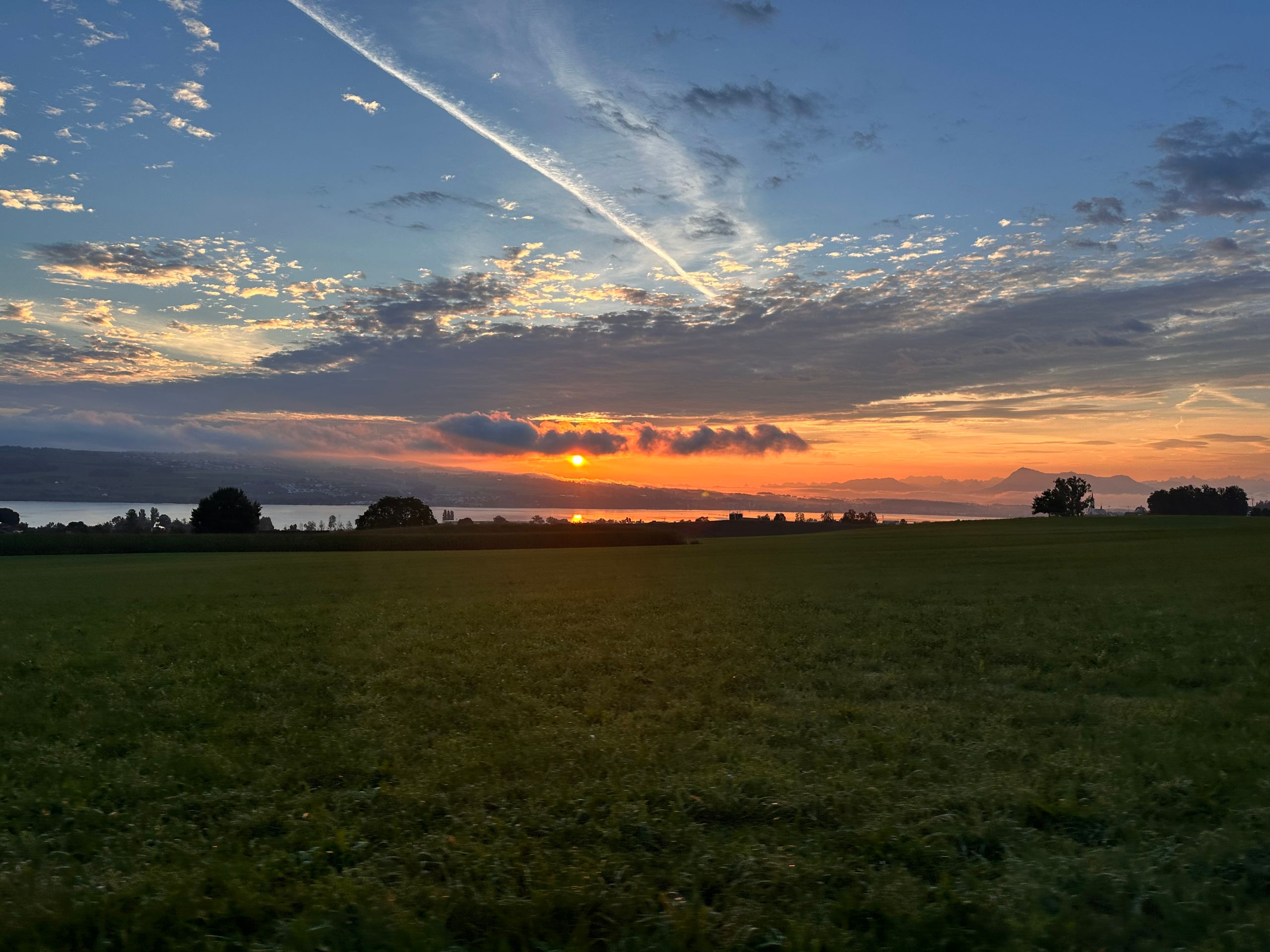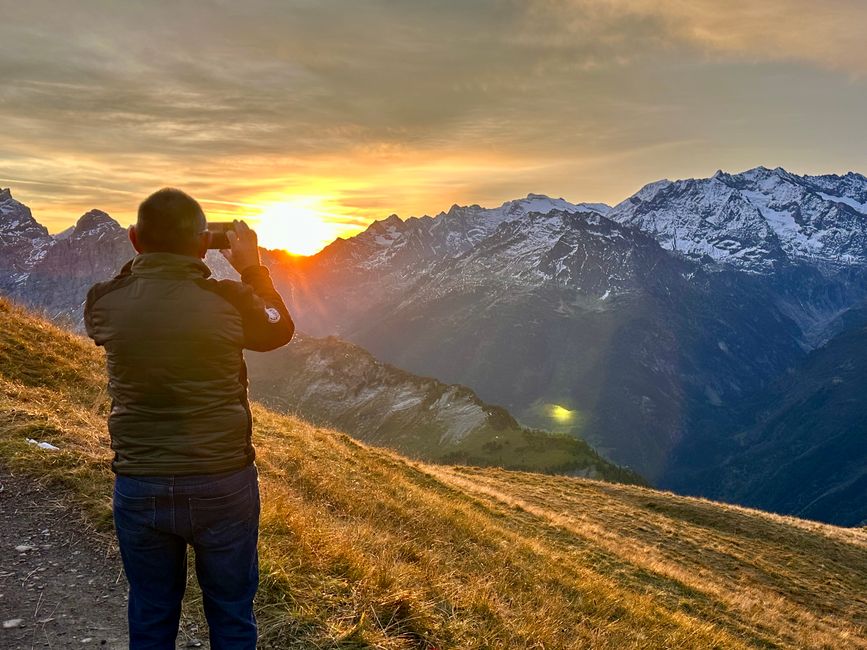Platja de Sant Pol “Cami de Ronda”
Published: 12.10.2024
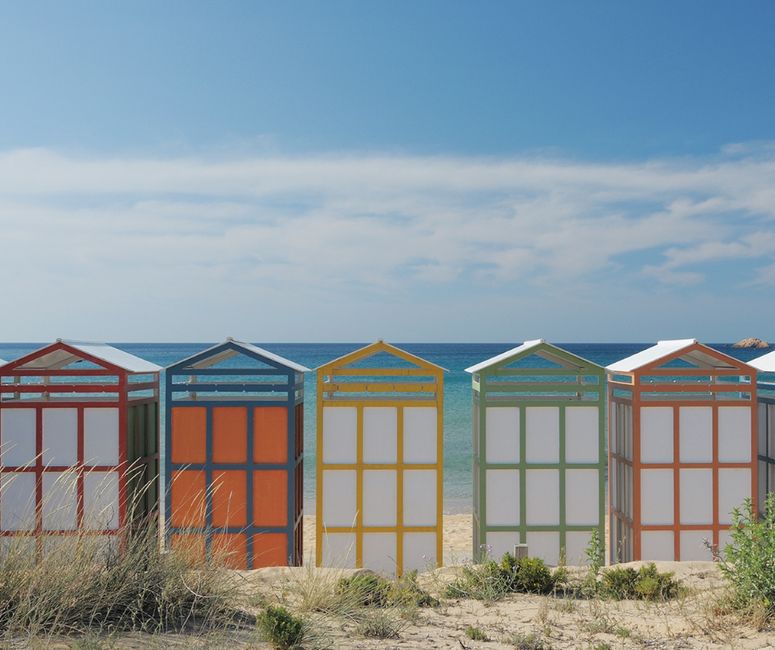
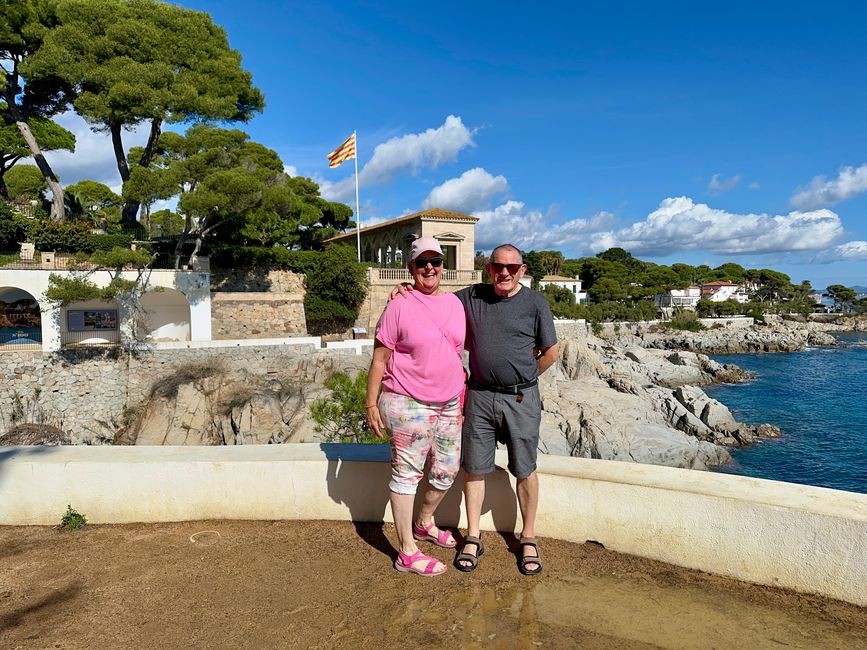
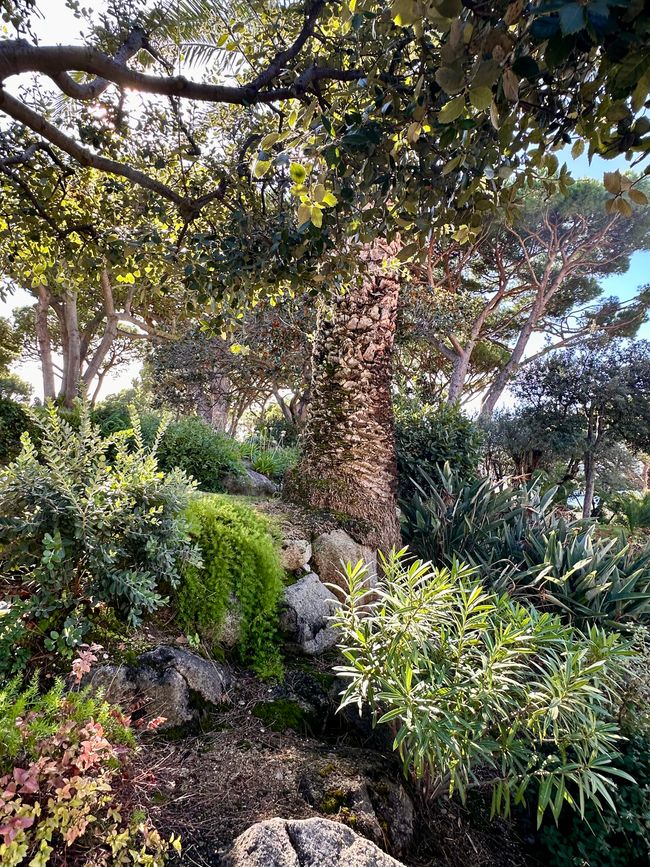
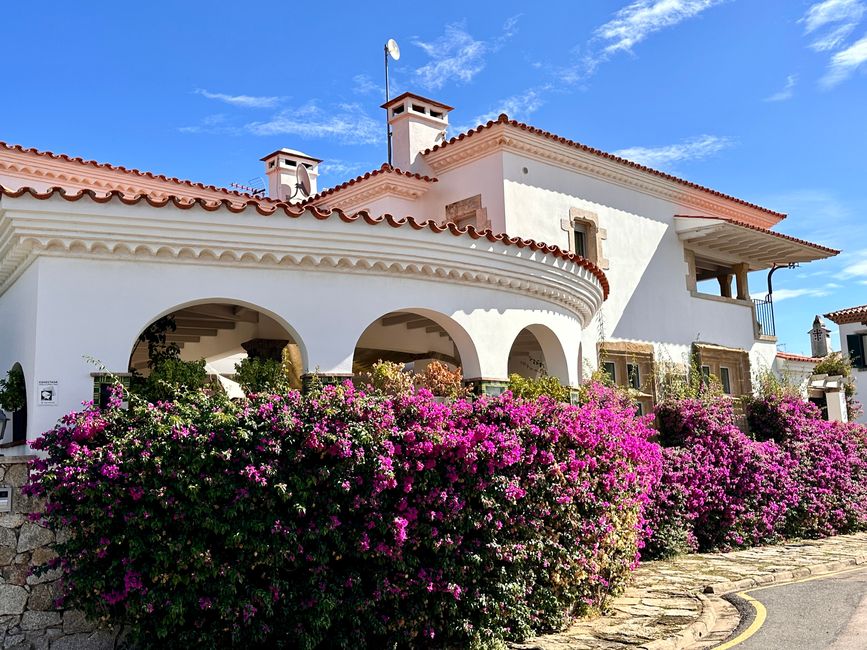
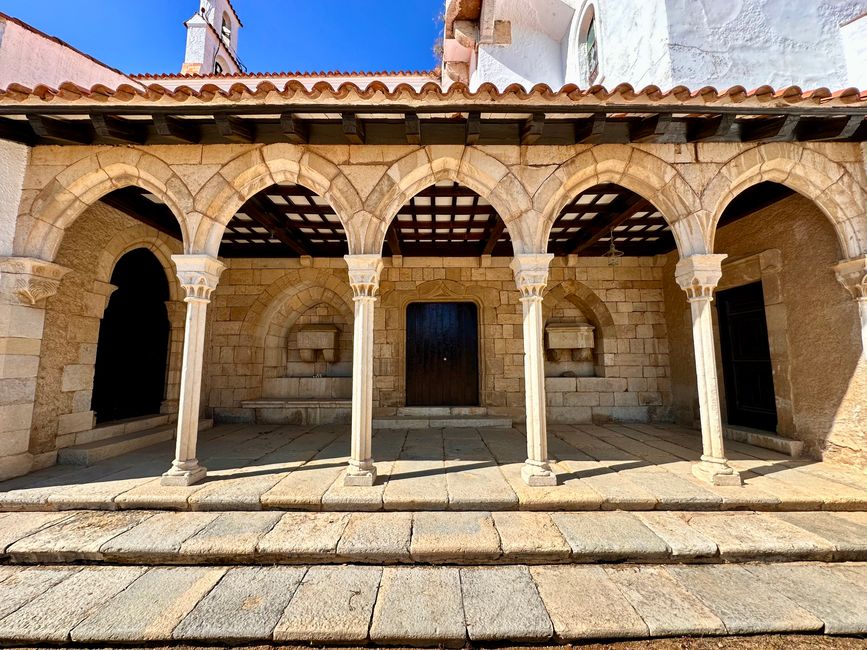
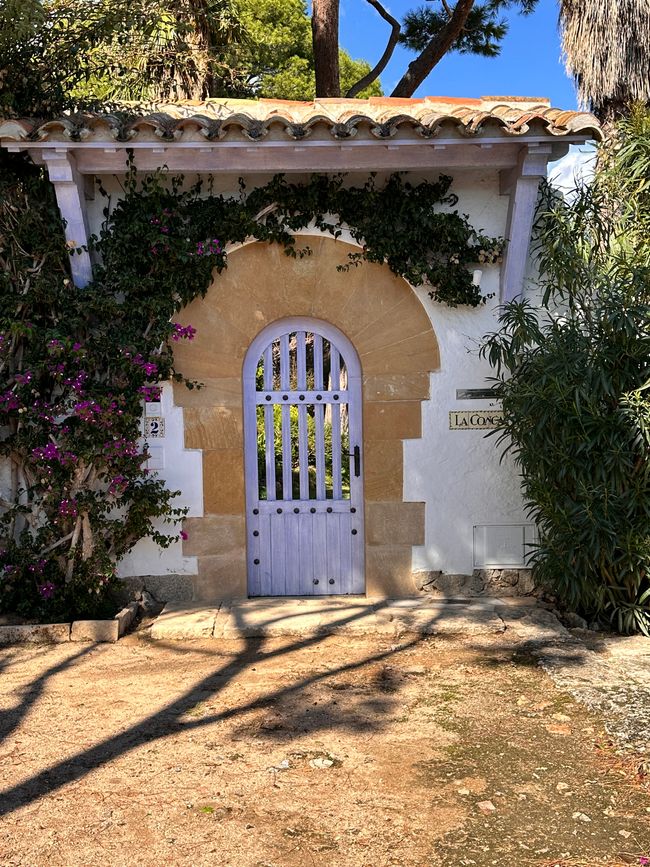
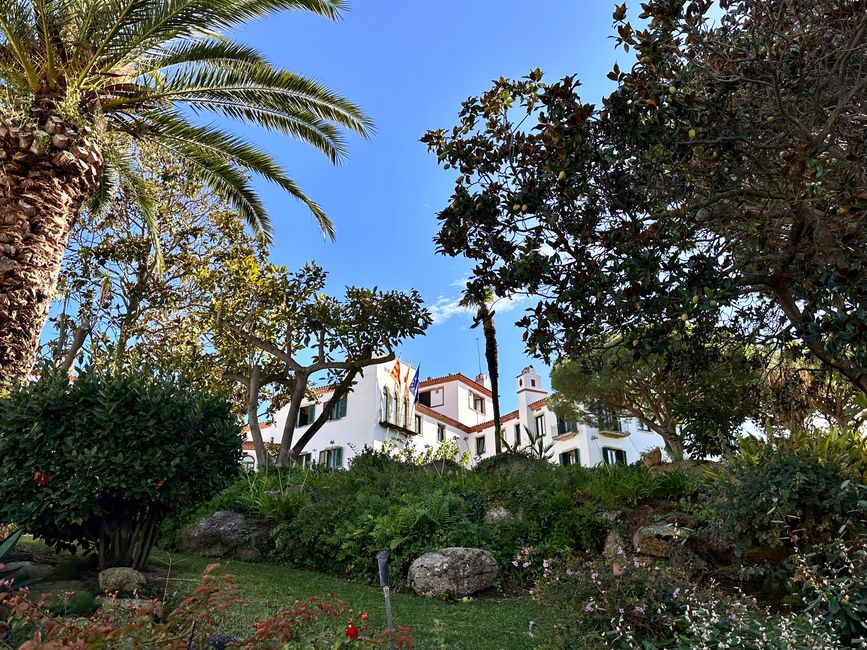
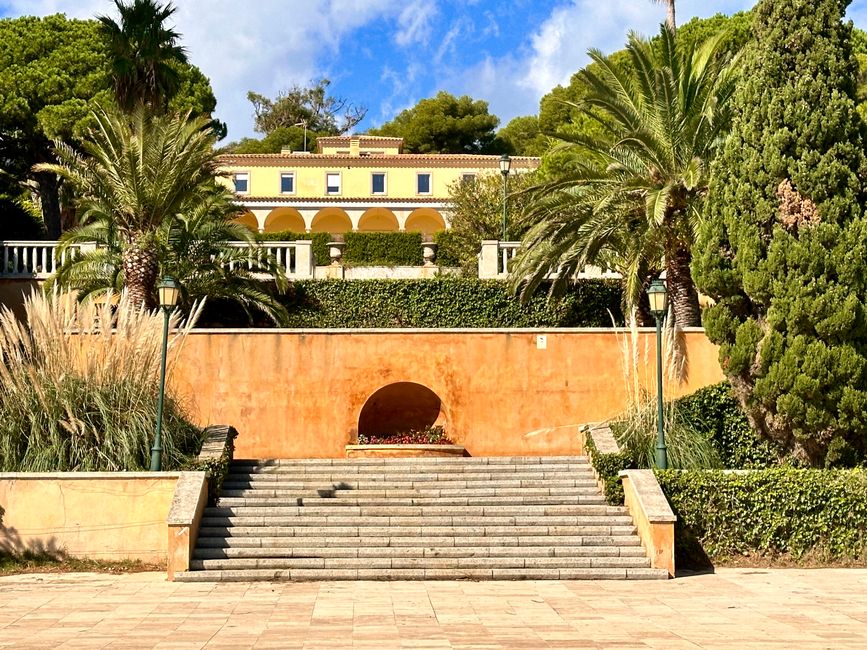
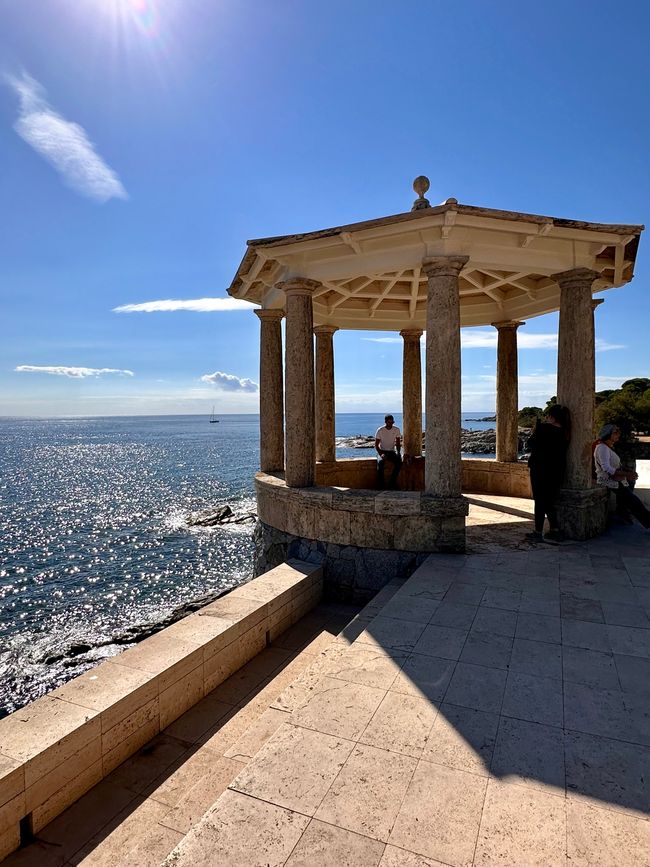
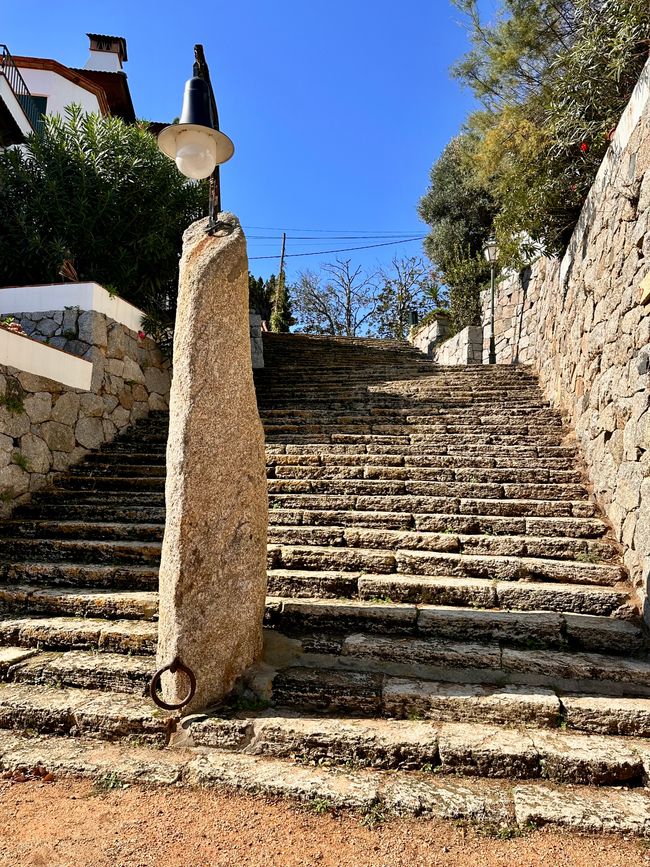

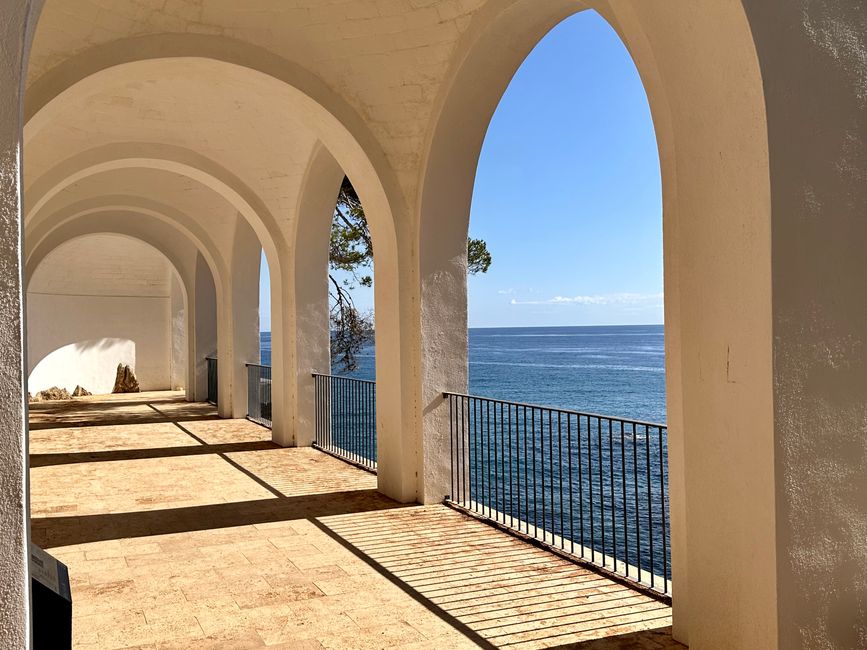

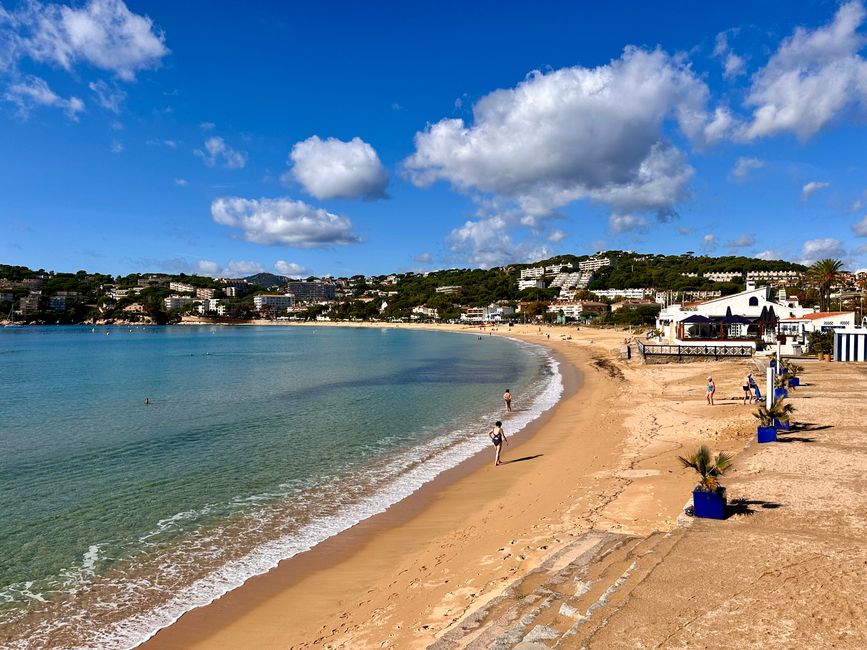
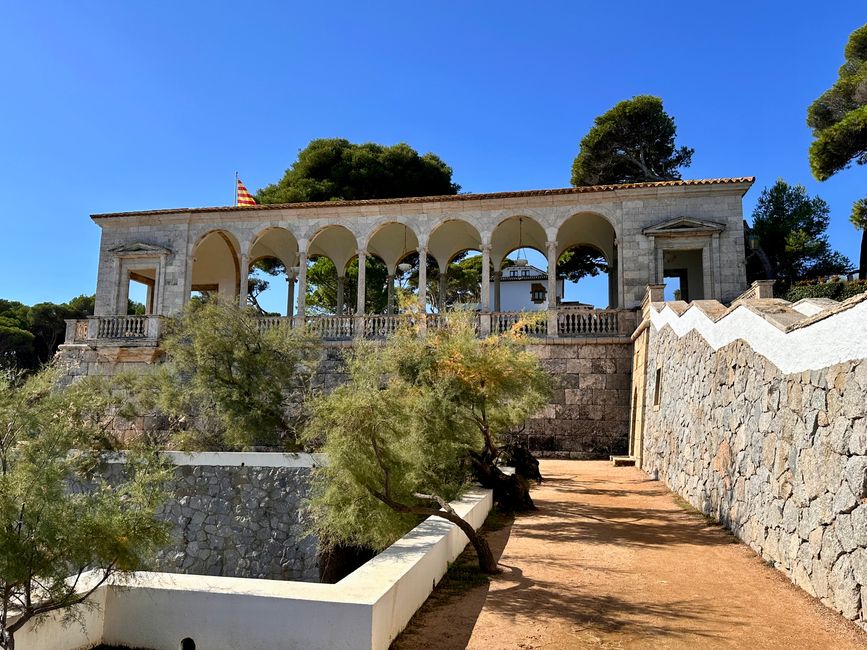
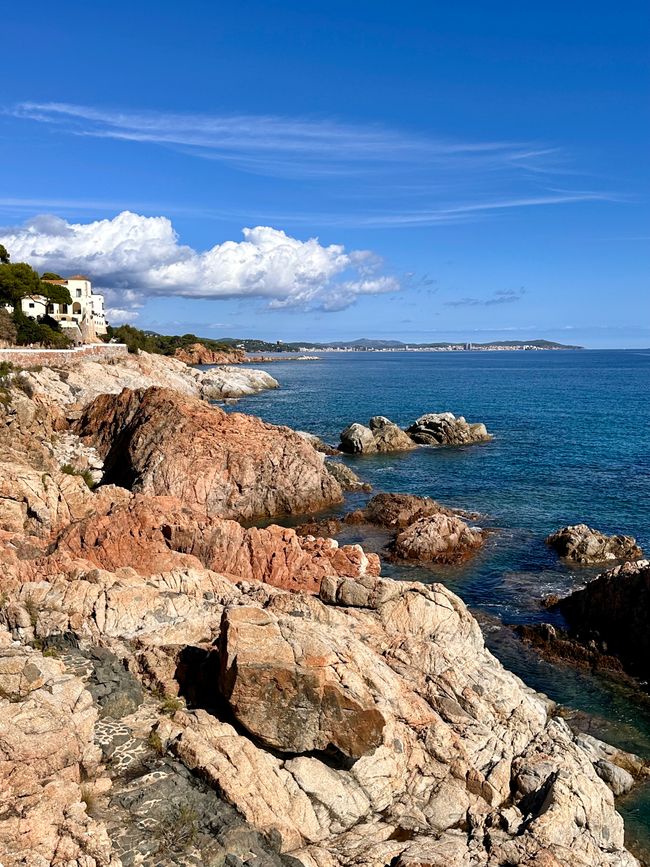
Subscribe to Newsletter
Today is another beautiful sunny day. Following the recommendation of our flight partners from yesterday, we are heading to Platja de Sant Pol to take a coastal path. It's called Camin de Ronda, a circular route that runs along the water and allows you to walk along almost the entire coast.
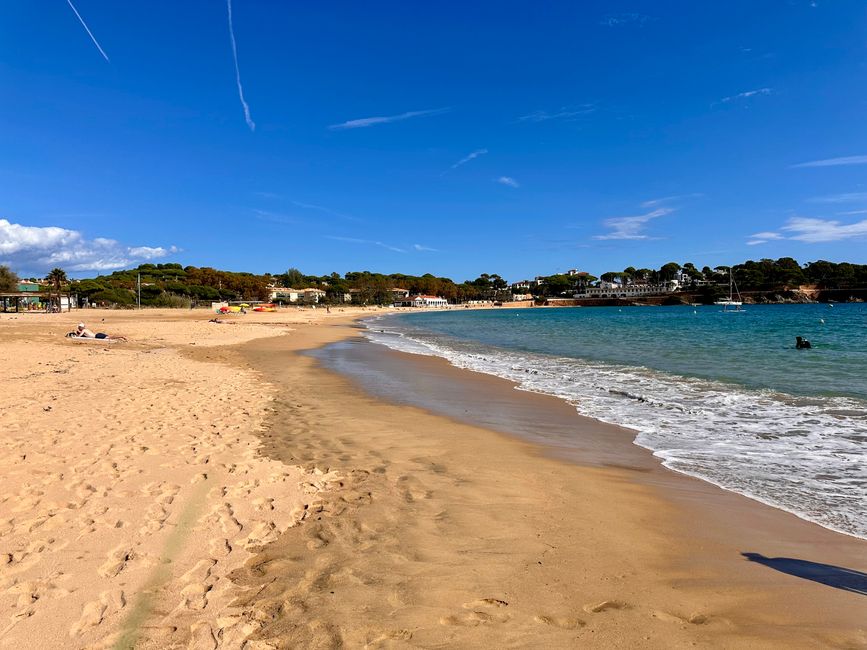
What we didn’t know is that this year, 2024, Sant Pol's residential area of S'Agaró is celebrating the hundredth anniversary of its construction. A very significant role in this 100-year history is played by Josep Ensesa Gubert, who has been instrumental in the development and promotion of tourism on the Costa Brava. Josep is the man on the right in the picture.
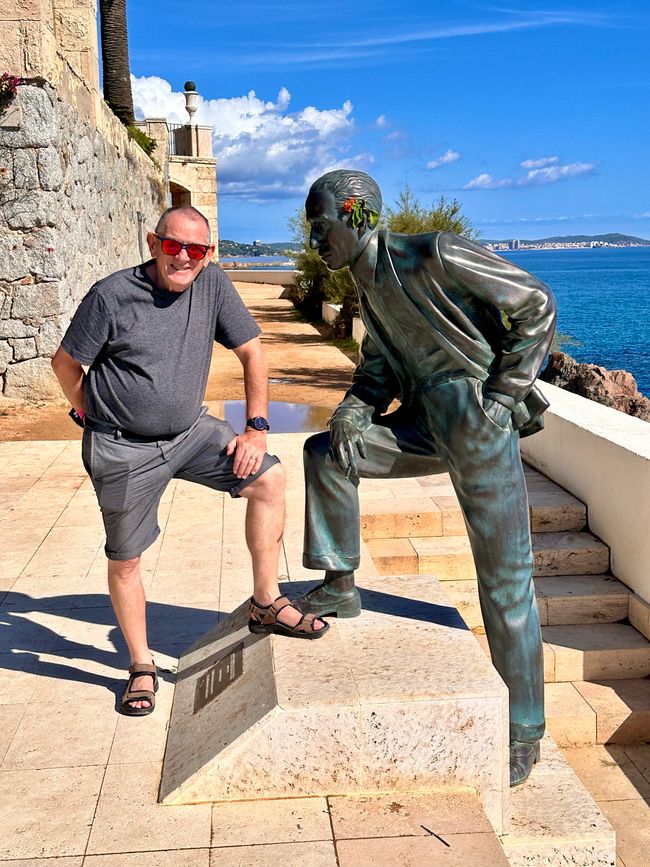
He has succeeded in preserving this area as one of the most symbolic places on the Costa Brava and solidifying it as one of the most important internationally recognized tourist attractions.
For the first time, there is an outdoor exhibition tour with 8 information panels that are organized around the key contents that make up the history of S'Agaró and its 'Camí de Ronda'. Today's report will be a bit easier for me since all the explanations on the panels are also provided in French.
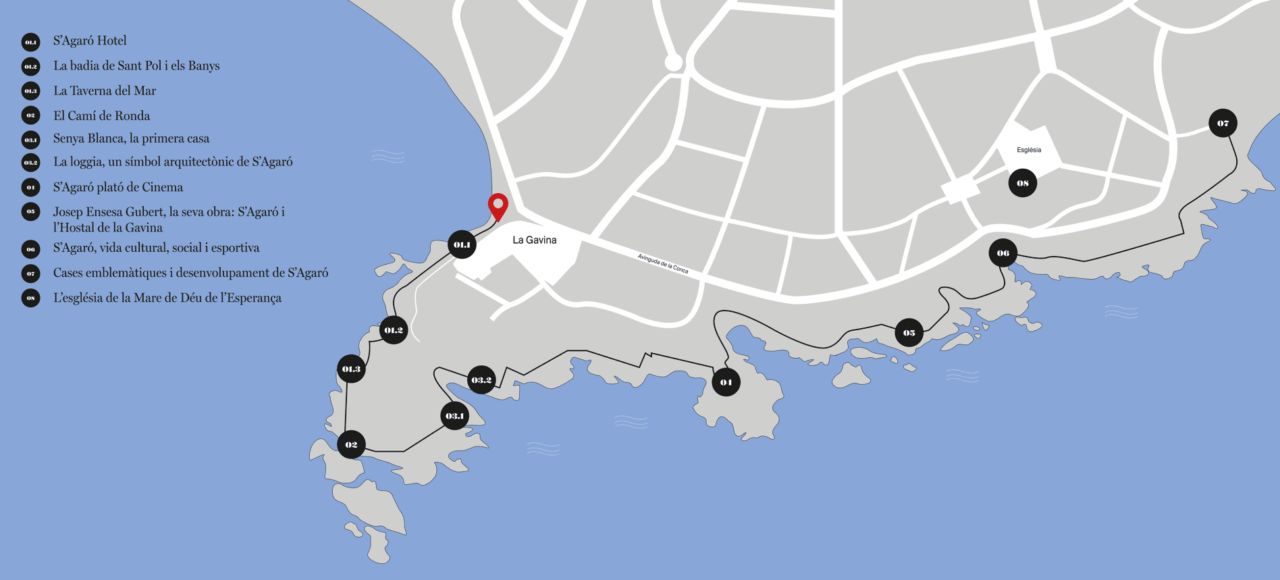
Very exciting is the history of the Hostal de la Gavina presented along the path, which is still owned by the family and over the years (and even today) has hosted great stars from show business and sports.
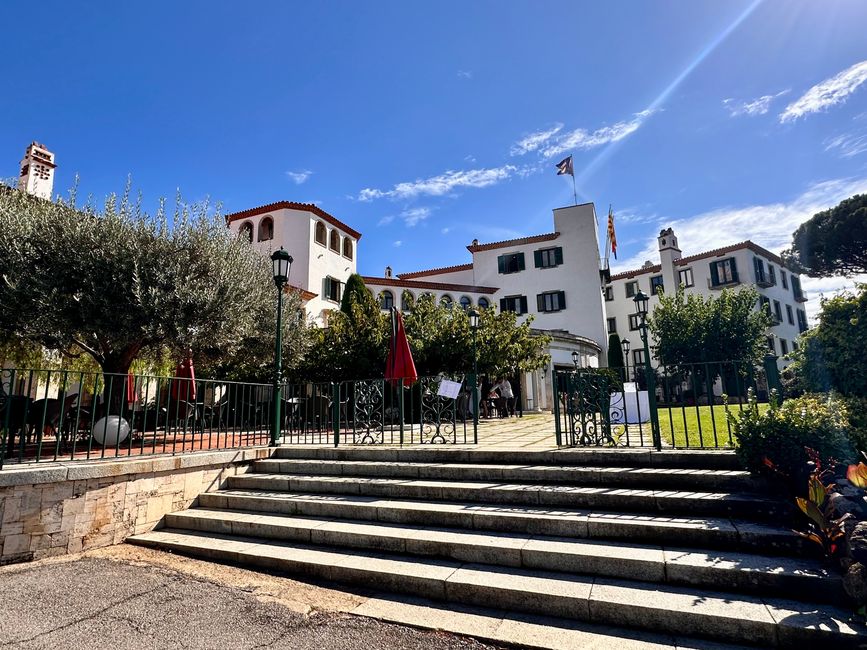
On the beach of Sant Pol lies the Taverna de Mar. This place is a jewel of Catalan Modernism and has been cataloged as a cultural asset of local interest. The restaurant, founded in 1936, has always stood out for its beauty, location, and cuisine.
Noteworthy: the inauguration took place on July 18, 1936, and the Taverna had to close the next day, shortly after the war began, until its reopening in 1939.
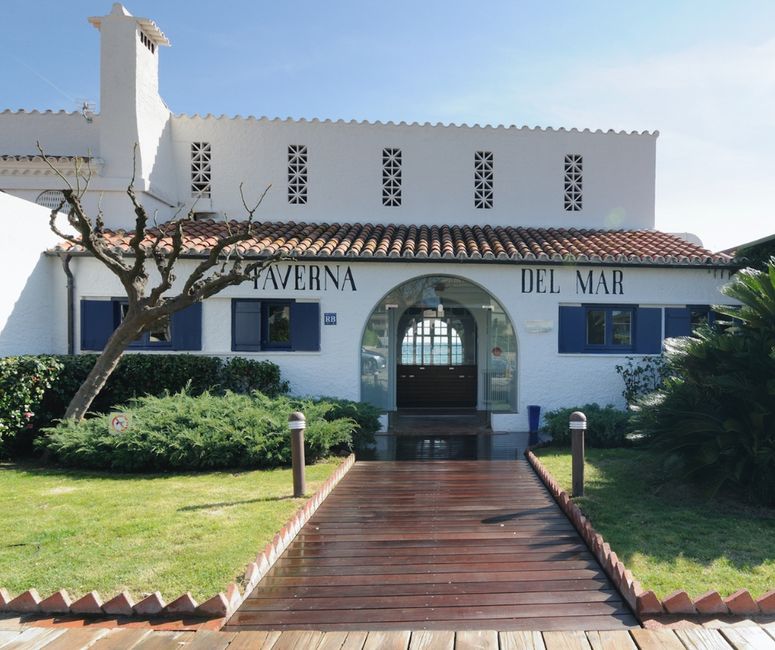
The houses in the urbanization have been cataloged and protected as works of unique architectural interest. Josep Ensesa Gubert set some parameters for urban development that nearly a century later still include the four general plans approved by the municipality to this day.
In S'Agaró, buildings were adapted over a whole century to the changing lifestyle of each era, always with the help of good architects who implemented respectful designs integrated into the environment. This was largely thanks to the generous and correct regulations regarding land use and urban development that Josep Ensesa Gubert enforced a century ago and that are still fully in force today.
In most houses, you can observe the influence of farmhouses, particularly in the use of certain materials and features typical of rural houses, such as the use of terracotta and ceramics, the presence of gable roofs, and the reinforcement of corners with stone blocks, etc. However, it was not about imitating a farmhouse, but rather a reinterpretation with a distinct artistic accent.
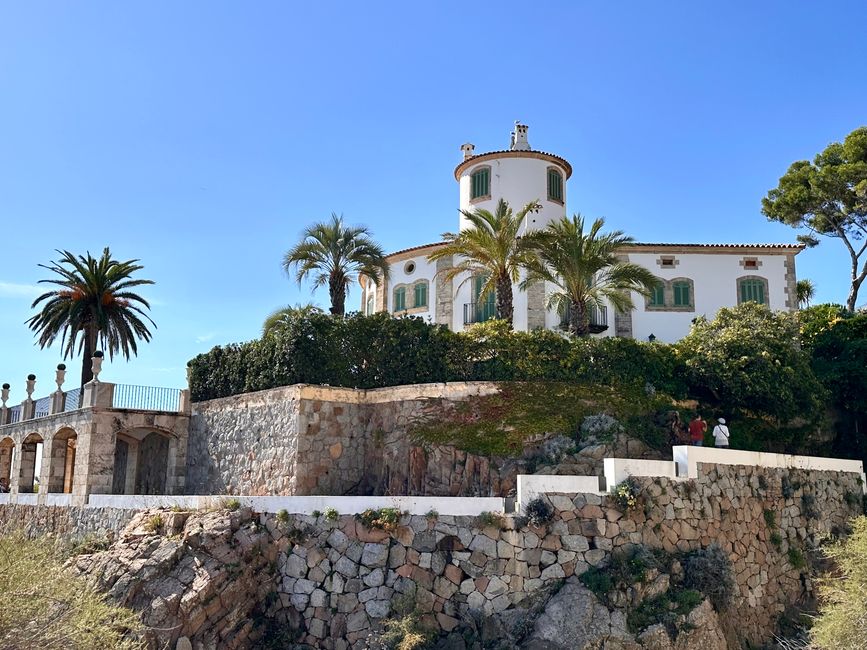
The church Mare de Déu de l'Esperança Nostra Senyora l'Esperança de S'Agaró is a Roman Catholic church under monument protection, built between 1941 and 1943. It is delicately Neo-Baroque. Externally, it is characterized by the play of volumes, setbacks and protrusions, as well as the white of the walls and the red of the roof.

Arriving at Cala Sa Conca, we were greeted by an unusual yet beautiful sight. A whole class of schoolchildren sat on the beach enjoying drawing lessons. That's how I would have liked to spend my school days.

With a wonderful evening atmosphere, an enlightening day came to an end.

Subscribe to Newsletter
Answer
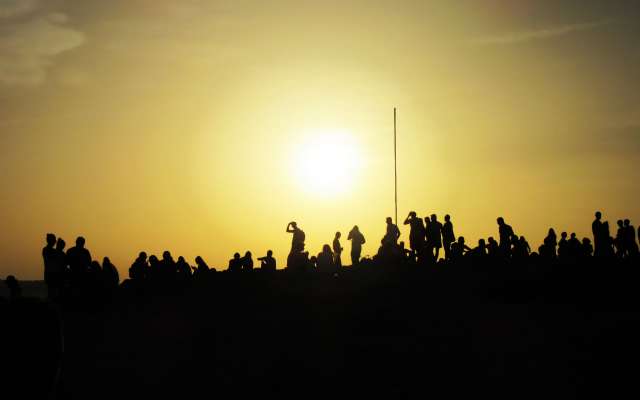
Travel reports Spain
